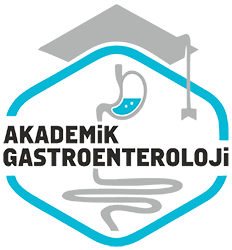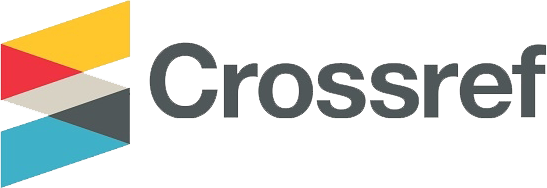Nisan 2015
Otoimmun hepatit ve ilaca bagli karaciğer hasari ayirici tanisinda karaciğer biyopsisinin rolü
The role of liver biopsy in the differential diagnosis of autoimmune hepatitis and drug-induced liver injury
- Ana Sayfa
- Sayılar
- Nisan 2015
- Otoimmun hepatit ve ilaca bagli karaciğer hasari ayirici tanisinda karaciğer biyopsisinin rolü...
Özet
Giriş ve Amaç:amacımiz otoimmün hepatit ve ilaca bagli karaciger hasarinin ayirici tanısında histolojik özellikleri, potansiyel ayirt ettirici histolojik belirteçleri ve karaciger biyopsisinin değerini incelemektir. Gereç ve Yöntem:Klinik olarak iyi tanımli otoimmün hepatit ve ilaca bagli karaciger hasari olan vakalardan alinan 39 karaciger biyopsisini de-gerlendirdik. Roussel Uclaf Causality Assessment Method kullanilarak, sadece çok yüksek olasilikli, ya da yüksek olasi olarak değerlendirilen vakalar çalışmaya dahil edildi. Laboratuvar sonuçları retrospektif olarak elde edildi. Bulgular:Otoimmüun hepatit ve ilaca bagli karaciger hasari olan hastalar arasında immünglobulin G, demir ve ferritin düzeyleri arasında istatistiksel olarak anlamli fark bulunmustur. Lenfosit, eozinofil, interface hepatit, lobüler hepatit, zon 3 nekroz, birlesme nekrozu, rozet formasyonu ve fibrozis derecesi açısından gruplar arasında fark yoktur. Plazma hücresi seviyesi bakimindan iki grup arasında istatistiksel olarak anlamli bir farklilik vardır. Sonuç:Patolojik olarak sadece plazma hücre düzeyleri otoimmün hepatit ve ilaca bagli karaciger hasarini ayirt etmede yardimcidir. Bu nedenle, otoimmün hepatit ve ilaca bagli karaciger hasari ayirci tanısında plazma hücre düzeylerine ek olarak serum ferritin, demir ve immünglobulin G düzeyleri kullanilabilir. Iki grup arasında monosit oranlari anlamli dercede farklidir ve bu bulgunun daha ileri araştırmalarla desteklenmesi gereklidir.
Abstract
Background and Aims:Our goal was to determine the histological properties, potential differentiating histological markers and the value of a liver biopsy in the differential diagnosis of autoimmune hepatitis and drug-induced liver injury. Materials and Methods: Forty-seven liver biopsies from patients with clinically well-defined autoimmune hepatitis and drug-induced liver injury were assessed. Only very highly probable or highly probable cases, according to the Roussel Uclaf Causality Assessment Method, were included in the study. The laboratory results were reviewed retrospectively. Results:The blood levels of immunoglobulin G, iron and ferritin were significantly different between patients with autoimmune hepatitis and drug-induced liver injury. Statistically, there was no significant difference between the groups regarding lymphocyte and eosinophil levels, piecemeal necrosis, confluent necrosis and zone 3 necrosis, badge formation levels or the stage of fibrosis. However, there was a significant difference between the two groups in plasma cell levels. Conclusions:Only plasma cell levels are pathologically useful in distinguishing autoimmune hepatitis and drug-induced liver injury. Therefore, serum ferritin, iron and immunoglobulin G values, in addition to plasma cells levels, can be used in differential diagnosis of autoimmune hepatitis and drug-induced liver injury. The percentage of monocytes is significantly different between these groups, and this finding should be further investigated.



